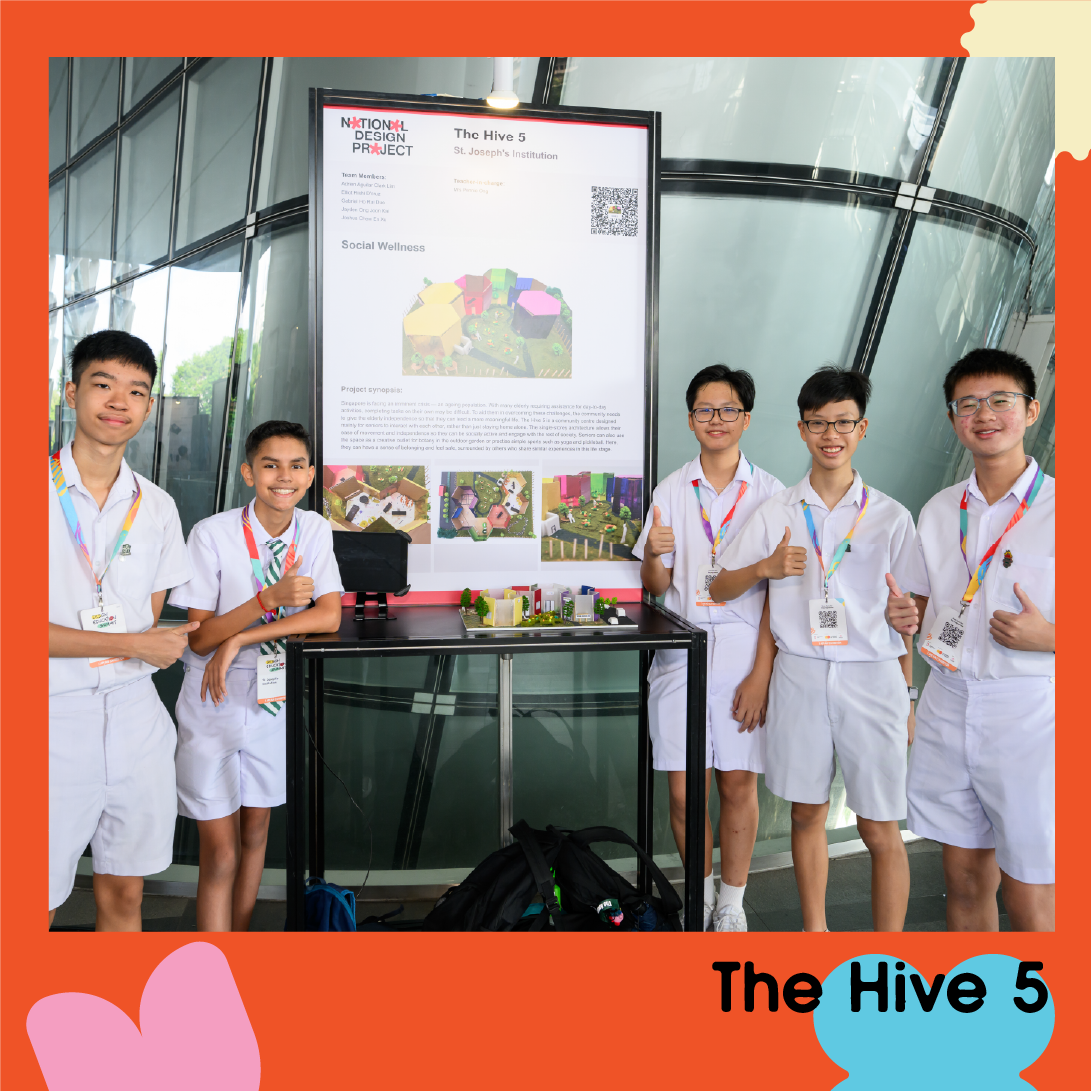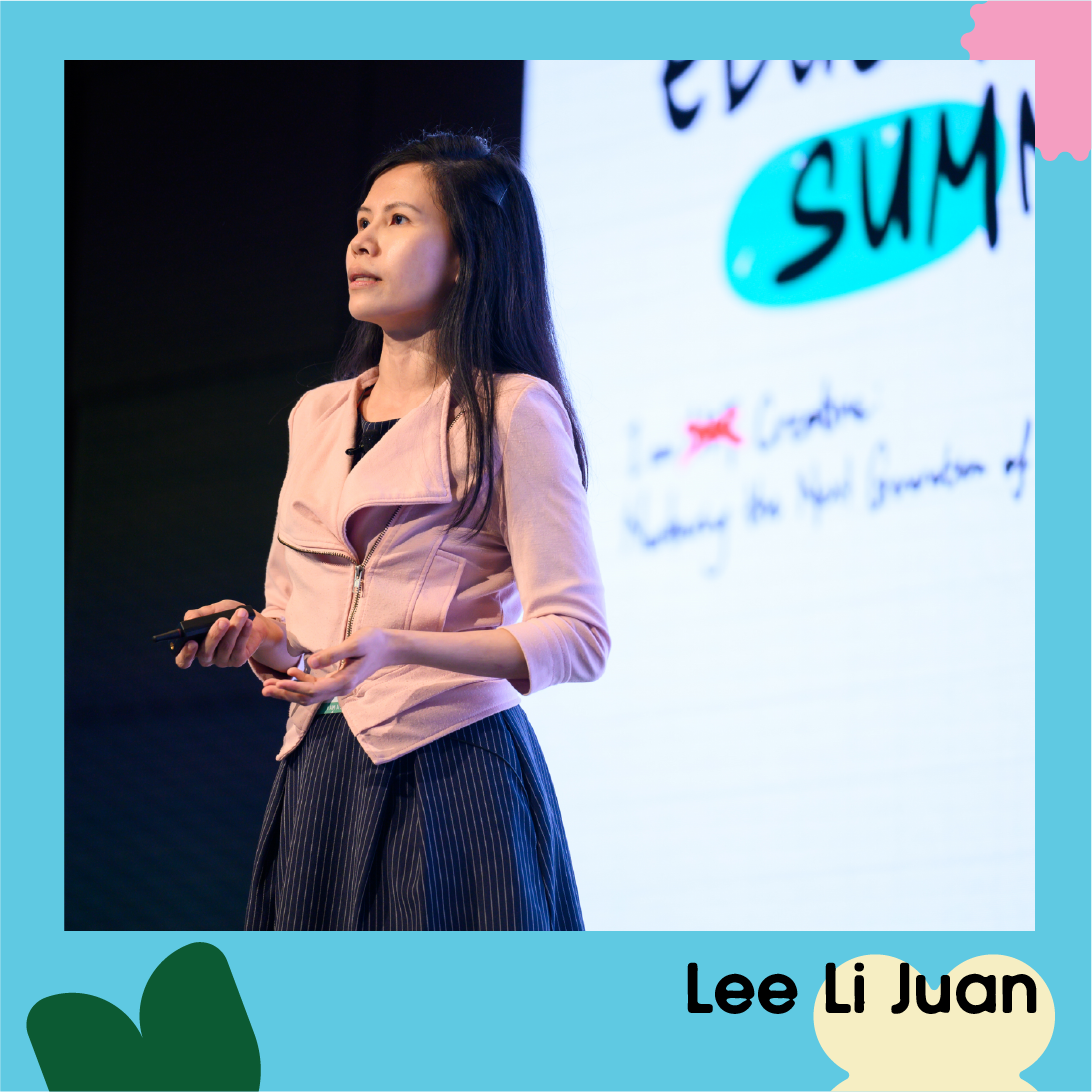EYEYAH!’s vibrant visuals help kids see, think, and learn
Tanya Wilson Chua and Steve Lawler use witty images to foster creative thinking in kids with their educational platform EYEYAH! Here, Tanya talks about being a Learning by Design programme partner.
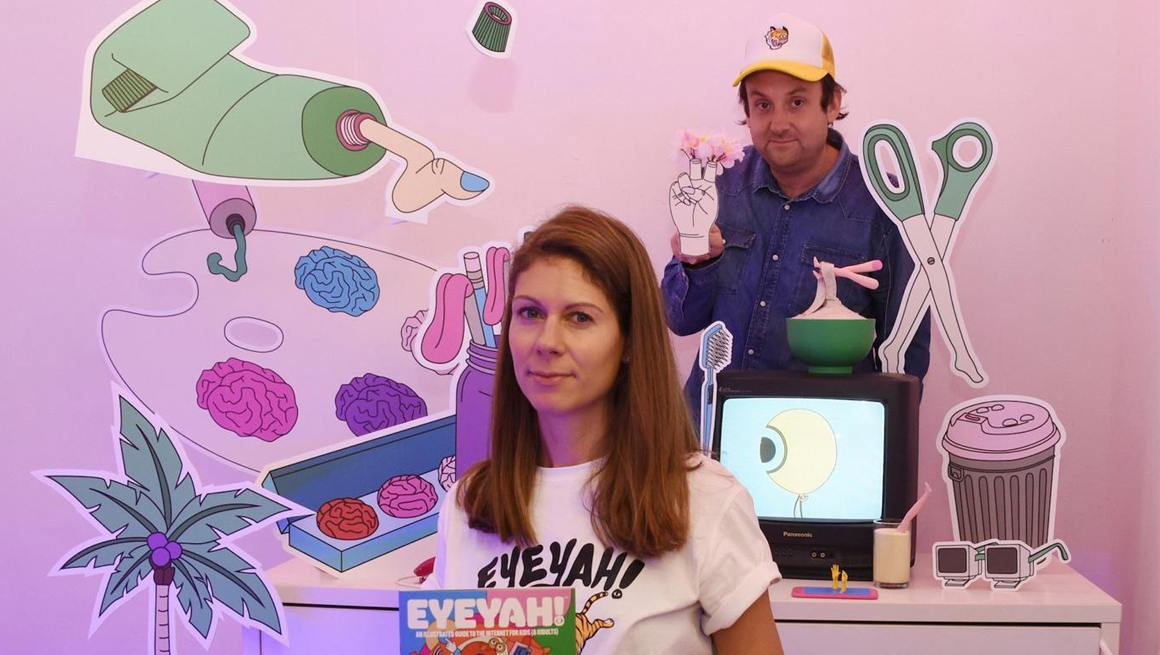
Tanya Wilson Chua and Steve Lawler are the Education Lead and Creative Director (respectively) of EYEYAH! Photo by Amos Mak.
25 Nov 2024
Steve and I both have backgrounds in advertising, and we saw the potential of visual communication to sell ideas instead of products. We’ve been publishing visual books since the early 2000s and cultivating a global network of artists.
As parents to school-going kids, we also saw the opportunity to inject creativity into education, and from that, EYEYAH! was born. We use a visual language to tackle themes that are important for young people to know about, such as internet addiction, sustainability, financial literacy, and mental health.
“Our mission is to work with teachers to empower Singapore students to be creative and critical thinkers.”
Tanya Wilson Chua
eyeyah!
One of the major requests we get from teachers when it comes to design thinking in schools is to help students develop divergent thinking skills before they converge on a single idea.
We’ve found that by continuously exposing young people to creative work, we can train their creative muscles, and the results speak for themselves.
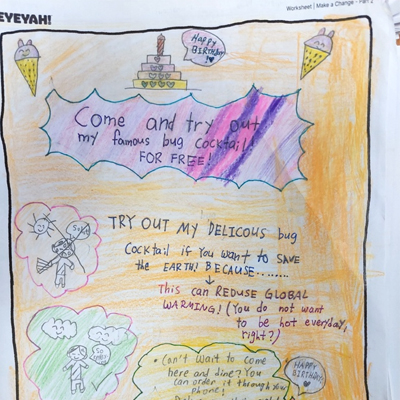

During a Learning by Design EYEYAH! Programme, Primary 4 students at Chongfu School created fictional posters to promote canteen dishes made from bugs.
We’ve been working with the DesignSingapore Council (Dsg) since receiving the President*s Design Award 2020 and we were one of the partners for the Learning by Design pilot programme. We didn’t hesitate to participate as Dsg have been highly supportive of our approach and vision.
In the years that followed, Learning by Design has built a thriving community of practitioners who want to collaborate with schools. We learn from each other.
The challenges of the future will be more and more complex. Young people will need curiosity to expose themselves to broad subject matter, confidence in their creative abilities to make connections, and critical thinking to analyse ideas and information objectively.
My eldest daughter is going through her Primary School Leaving Examination (PSLE) this year and at the same time she runs a K-pop card business. I hope she’ll continue with that so it can become a platform where she can experiment freely and learn by making mistakes, to eventually become comfortable with failure.

A Primary 5 class at Yumin Primary School learns about how to identify fake news using lesson materials created by EYEYAH! Photo by Ain Samsuri.
We’ve learnt that design thinking needs to be felt and experienced, not just taught. Design sensibilities need to be developed, and this takes time, consistency, and practise. There’s a risk of approaching design thinking like yet another academic subject that is taught in a linear fashion and then graded on prototype outputs.
It can be challenging for teachers to observe and capture individual student displays of design thinking skillsets and track improvement. To this end, we are piloting a programme with HoloTracker to train and measure improvement in the creative thinking skills of students.
In the primary school context, a challenge we have observed is time constraints. On average, 12 hours are dedicated to the design thinking process from start to finish each term, so expectations need to be aligned as to what the students can achieve in that timeframe.
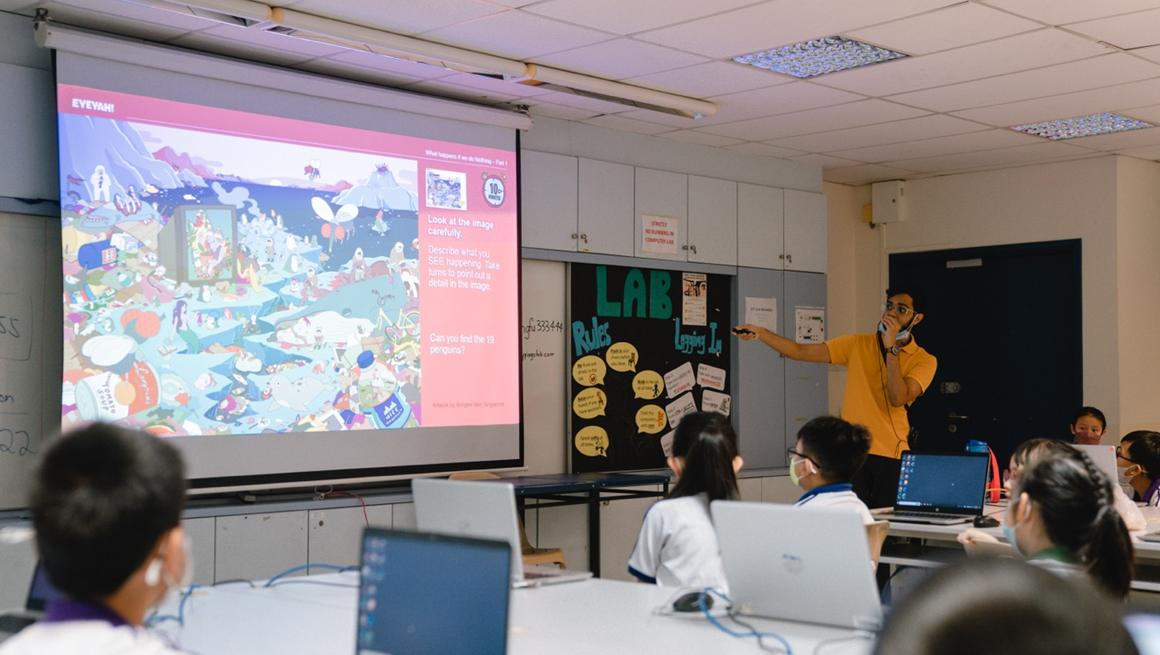
A Primary 3 class at Chongfu School learns to think by seeing with the help of an illustration about environmental issues. Photo by Chongfu School.
Another challenge is the varying levels of confidence about teaching design thinking among teachers. We address this with a series of training sessions focusing first on training a design thinking mindset, then how to be a design thinking facilitator, and finally how to design design thinking lessons.
"Co-designing the actual lessons empowers teachers to add their own creativity and personality to the programme.”
Tanya Wilson Chua
eyeyah
There isn’t a one-size-fits-all approach as schools are all at different stages of their design thinking journey. It is essential to co-design the programme with teachers, to adjust expectations of learning outcomes, and to make design thinking fun! We practise what we preach and constantly iterate.
We work with more schools every year who tend to reach out to us through word of mouth. Both teachers and students really like how eye-catching our visuals are. We’ve found that teachers care deeply about preparing their students for the future and they are really open to new ways of learning and teaching.
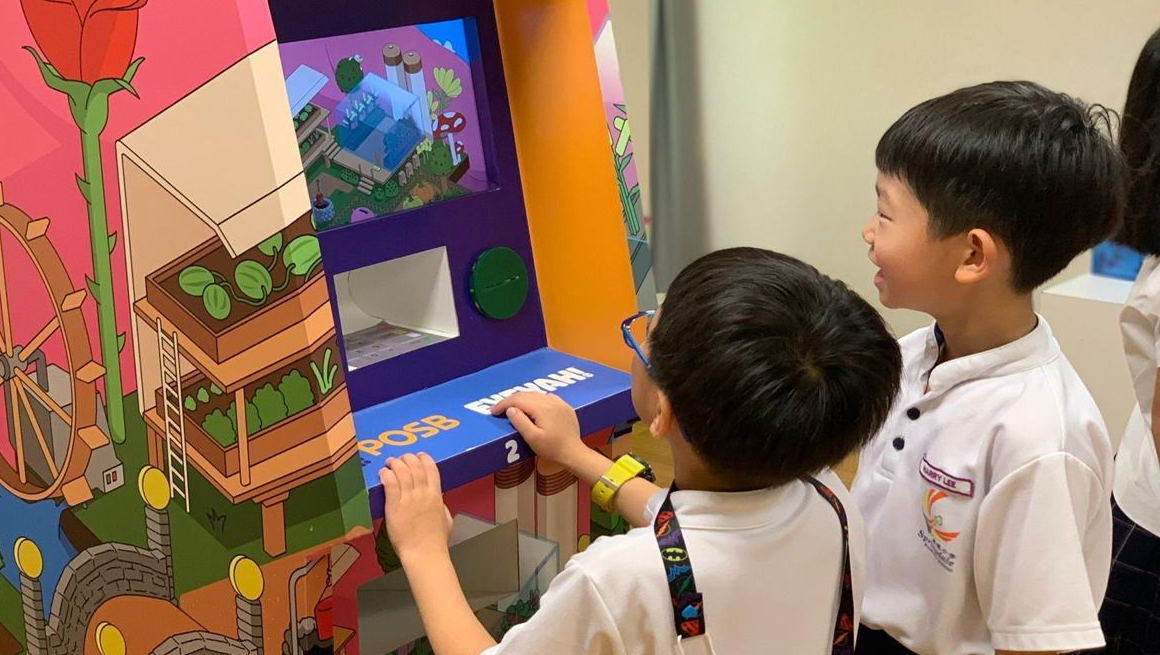
The ‘ATM machines’ that EYEYAH! created in collaboration with POSB were a hit with students at Springdale Primary School. They dispense knowledge about financial literacy in the form of animations and worksheets. Photo courtesy of Springdale Primary School.
The openness and passion of teachers has meant that school programmes now account for the majority of our work. This is fuelling our drive to develop more innovative pop-ups in schools, such as our ATM machines and our upcoming interactive kiosk about spotting scams.
We have also started taking students through a design thinking process to enable them to contribute to upcoming issues of EYEYAH! magazine, which is really exciting for both them and us! Seeing their work published will really validate the students’ design thinking learning experiences and show them how harnessing a changemaker mindset can lead to positive real-world outcomes.

